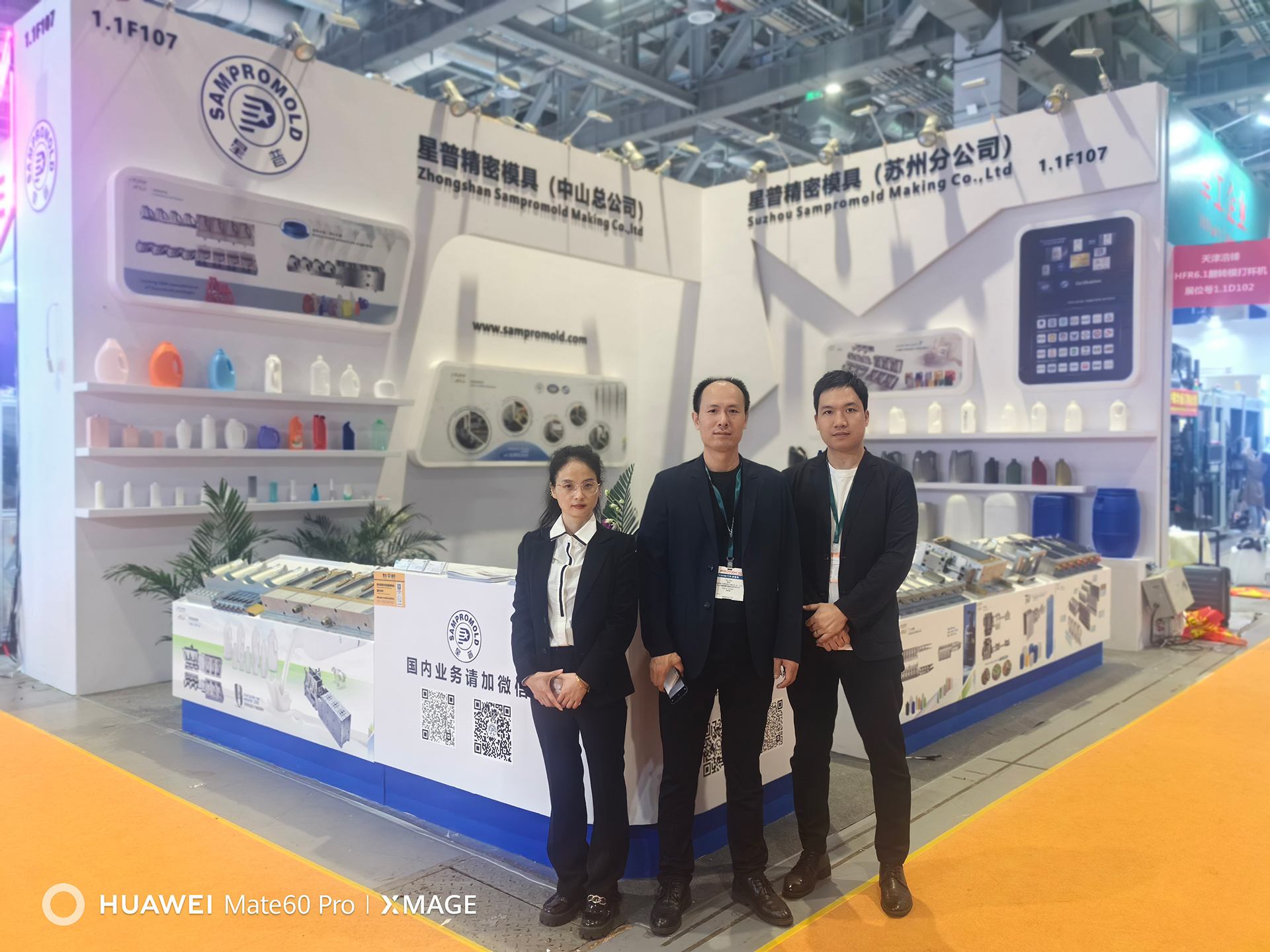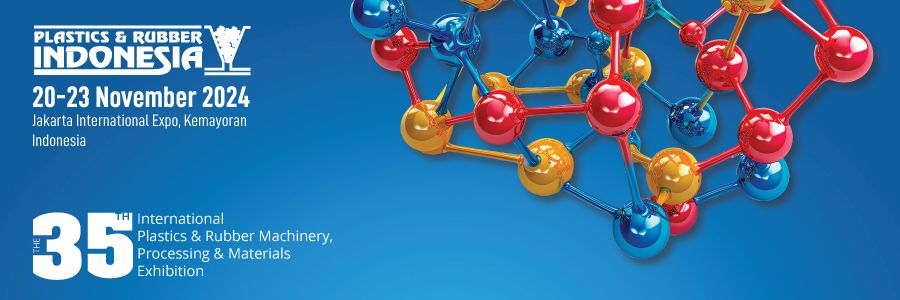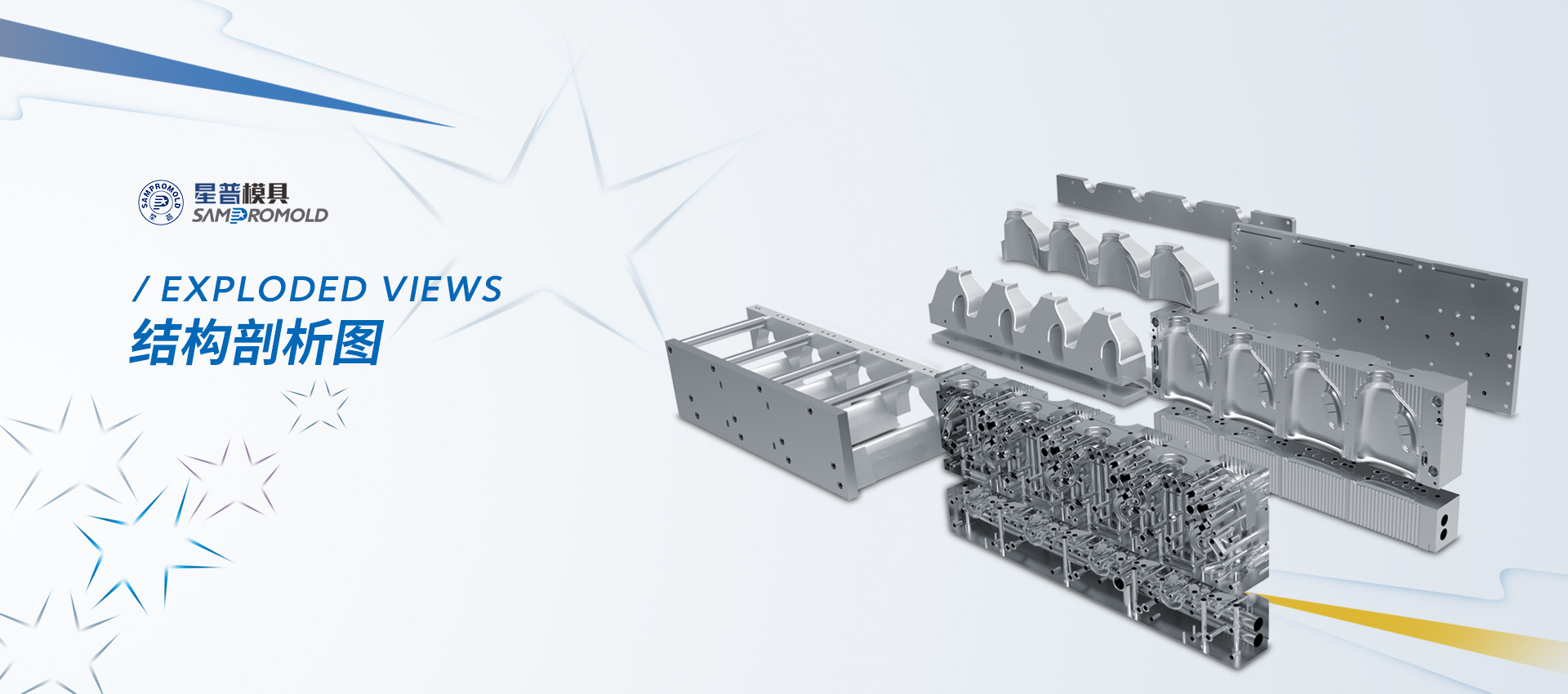Specification for installation and adjustment of plastic molds
Time:
2024-04-10
1、 Mold pre inspection:
Before installing plastic molds on the molds, inspection should be carried out to promptly identify quality issues and repair the molds to avoid disassembly after installation. When checking the fixed and moving templates separately, attention should be paid to directional markings to avoid errors during mold closing.
2、 Diagonal guide mold device:
When installing the mold, two people should closely cooperate and pay attention to safety. If there is a mold with lateral parting organization, the slider should be installed in a horizontal direction, that is, the movable block should move left and right.
3、 Die fastening:
After the positioning ring of the mold is installed into the positioning ring seat of the fixed template on the injection molding machine, close the mold at an extremely slow speed, and gently press the mold with the moving template. Then, press the upper clamping plate, and make sure to install a gasket on the clamping plate. It is necessary to install 4 pieces each on the upper and lower clamping plates. When pressing the upper clamping plate, it is necessary to deliberately adjust the height of the adjustment screw to be the same as the mold foot, that is, the clamping plate should be flat. If the clamping plate is inclined, the mold feet cannot be pressed tightly. The side of the clamping plate should not be close to the mold to avoid friction damage to the mold.
4、 Correct top rod ejection distance:
After tightening the mold, slowly start the mold until the moving template stops retracting. The orientation of the top rod should be adjusted to leave a gap of no less than 5 millimeters between the top plate on the mold and the bottom plate of the moving mold to avoid damage to the mold and to be able to push out the parts.
5、 Adjustment of mold tightness:
In order to avoid overflow and ensure proper ventilation of the cavity, when adjusting the hydraulic plug elbow joint locking structure, it is mainly based on visual inspection and experience. That is, when closing the mold, the elbow joint is first fast and then slow, which is not very natural and not very forced to straighten, and the tightness of the closed mold is just right. For molds that require mold temperature, the tightness of the closed mold should be calibrated after the mold temperature is raised.
6、 Connected cooling water:
After connecting the cooling water, check if it is unobstructed or leaking.
RELATED NEWS













